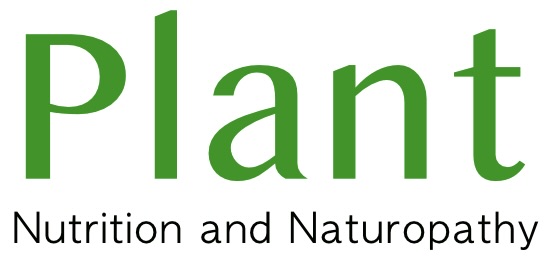What to Expect and How to Be Patient With Yourself
If you’ve hit burnout, you might be wondering: “How long will it take to feel like myself again?” The short answer: It depends. The longer answer: Recovery from burnout is a process, it’s not instant, and that’s okay.
Let’s walk through what burnout recovery can look like, why it takes time, and how to be kind to yourself along the way.
First, What Is Burnout?
Burnout is a state of deep physical, mental, and emotional exhaustion that usually builds up over time. It happens when stress becomes chronic and you don’t have enough recovery time or support.
According to the World Health Organisation (2019), burnout is specifically tied to unmanaged stress at work or in roles with high demands—like parenting, caregiving, or running a household.

Burnout Recovery Isn’t Linear
Recovery doesn’t happen in one big leap. It often comes in stages, some days feel better, others don’t. That’s completely normal.
Here’s a general timeline people often experience:
Stage 1: Awareness (Days to Weeks)
This is when you realise something isn’t right. You feel off, exhausted, or emotionally flat. You might search online for answers or hear the word “burnout” and think, “Wait… that sounds like me.”
What helps:
– Admitting you’re burned out (without shame)
– Talking to someone you trust
– Starting to track your energy, mood, and stress patterns
This stage is about understanding that you’re not lazy, broken, or weak. You’re depleted.
Stage 2: Rest and Reset (Weeks to Months)
This is when your body and mind need deep recovery. You may feel like doing nothing, and that’s okay. It’s not “wasting time”, it’s healing.
You might need:
– More sleep
– Quiet time
– Time away from responsibilities (if possible)
– Saying “no” more often
– Support with childcare, housework, or work tasks
Supporting this stage with whole food plant based nutrition – like fruits, vegetables, legumes, and whole grains – can help nourish your body and brain (Tuso et al., 2013).
You might still feel tired. That doesn’t mean you’re not healing. Your body is just asking for more than you’ve given it in a long time.
Stage 3: Reconnection (1–6 Months)
As energy slowly returns, you might feel like being around people again or returning to hobbies you once enjoyed. This is a cautious rebuilding phase.
What helps here:
– Gentle movement (like walking or yoga)
– Light routines that feel supportive, not overwhelming
– Doing things for joy, not productivity
– Journaling or counselling to process your experience
Important: Don’t rush back into your old life at full speed. That’s what burned you out.
Stage 4: Renewal and Redesign (6+ Months)
Eventually, you’ll have more clarity about what you need to change moving forward, whether that’s your job, schedule, relationships, or mindset.
This is the time for setting new boundaries, protecting your energy, and rebuilding your life with intention.
Questions to explore:
– What drained me before?
– What do I want to protect now?
– What rhythms help me feel alive?
This phase is about sustainable change – not perfection.
“Why Is It Taking So Long?”
Because your brain, nervous system, and hormones have been under pressure for a long time. Chronic stress affects everything from your sleep to your digestion to your immune function (McEwen, 2006). It can take months or more to rebalance.
That’s why recovery often feels slow – but slow is not the same as stuck.

Be Gentle With Yourself
Burnout recovery is not about bouncing back, it’s about building back differently. You are learning to live in a way that doesn’t cost your health or happiness.
Here’s what you can do every day to help:
– Eat nourishing whole foods (especially leafy greens, berries, whole grains, and legumes)
– Get sunlight in the morning and rest at night
– Breathe deeply when things feel tense
– Allow yourself to rest without guilt
– Celebrate small wins (even if it’s just taking a shower)
There’s no fixed “deadline” for healing from burnout. Your journey is your own. The most important thing is to listen to your body, honour your needs, and take small steps toward balance—every single day.
You’re not behind. You’re rebuilding.
References:
McEwen, B. S. (2006). Protective and damaging effects of stress mediators: Central role of the brain. Dialogues in Clinical Neuroscience, 8(4), 367–381. https://doi.org/10.31887/DCNS.2006.8.4/bmcewen
Tuso, P. J., Ismail, M. H., Ha, B. P., & Bartolotto, C. (2013). Nutritional update for physicians: Plant-based diets. The Permanente Journal, 17(2), 61–66. https://doi.org/10.7812/TPP/12-085
World Health Organisation. (2019). Burn-out an “occupational phenomenon”: International Classification of Diseases. Retrieved from https://www.who.int/mental_health/evidence/burn-out/en/
